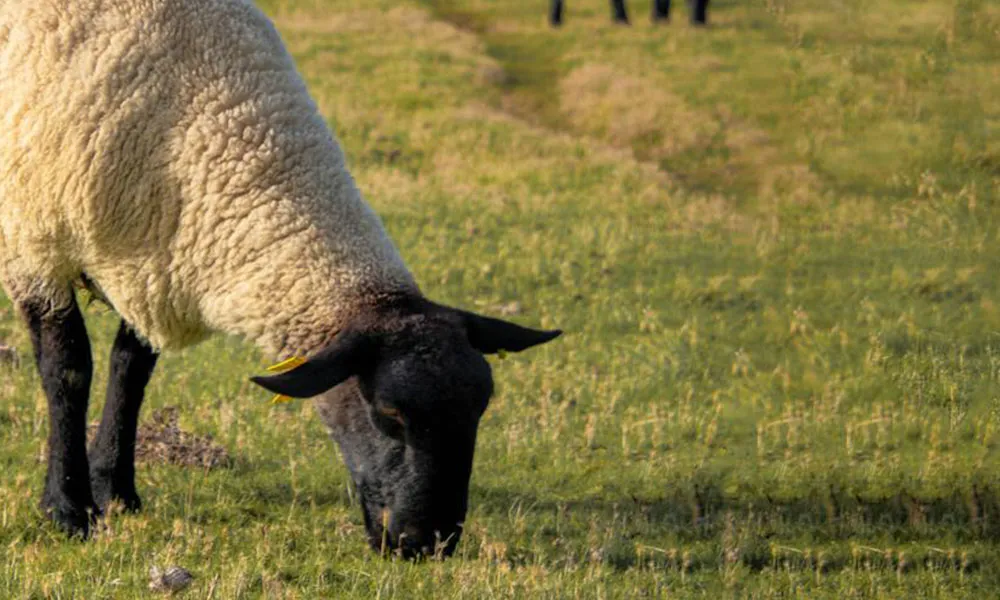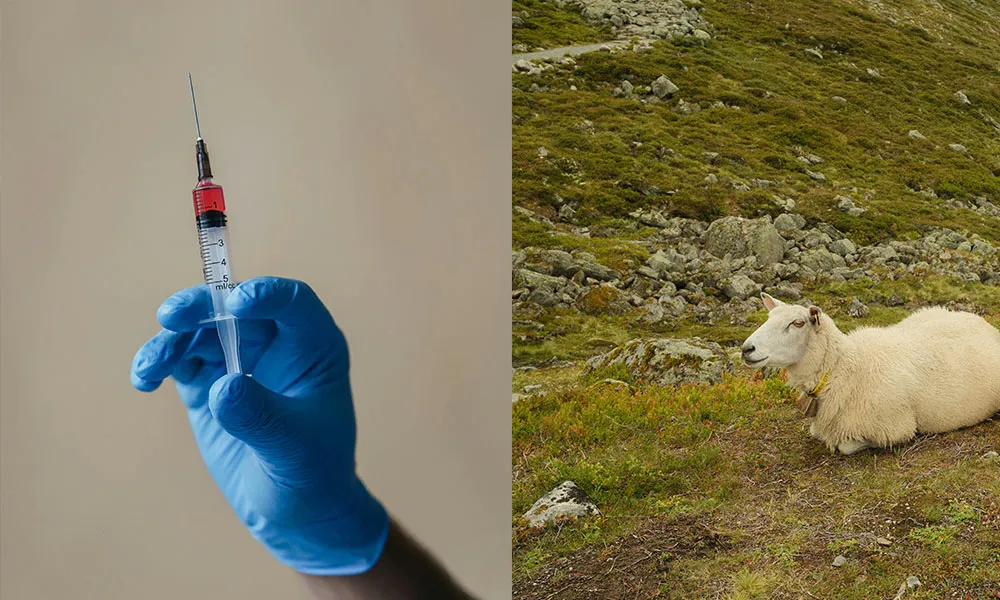
And so the seasons pass…
That time of the year is upon us once more. The summer – such as it was – has passed. The children are back at school and the leaves are starting to turn on the trees. Grass growth has slowed and the silage is saved but, as is so often the case, there is no time to stand still and admire the fruits of our labour. On sheep farms up and down the country, the countdown to tupping season has already started.
Tupping and animal health
Tupping is one of the most important times in the sheep farming calendar and, as with all aspects of farm practice, careful preparation increases the chances of success. Tending to the health and fitness of breeding stock is crucial in the weeks ahead. Before we put the ram into the ewe-pen, we need to be certain that all animals are in peak physical condition.
Fortunately, there are a few simple and cost-effective measures we can take to give ewes the best possible chance of conceiving, carrying and delivering strong, healthy lambs. That’s why our team at Agridirect.ie will be running a series of articles on tupping season preparation over the days and weeks ahead. Today, for a start, we will focus is on ram health.
Ram nutrition
A healthy ram is half the battle. When choosing a new ram for breeding, or assessing the fitness of one from within the flock, body condition score (BCS) is a good starting point. Ideally, a healthy ram should have a BCS of 3.5 to 4 at the start of the tupping season. This means that, in the weeks before putting him to the ewes, you should ensure that he is getting adequate nutrition in his diet. Some farmers recommend increasing the protein in the animal’s diet, but this is only necessary if he is coming in well short of a 3.5 BCS.
Is age an issue?
Usually, rams are at their most fertile between the ages of 2 and 5 years. Younger animals (such as strong ram lambs) and older animals (those over 5 years) may be less fruitful. You may use a ram lamb for tupping smaller numbers of ewes, but not for intensive breeding. Generally, I would suggest that a ram lamb, even if he is very strong, should not be expected to cover more than 30 ewes. A mature ram in his prime (i.e. 2-5 years old) might be expected to cover twice that number in the course of a season.
The testicles
The condition of the testicles also needs to be considered. The best way to conduct an examination is by placing the ram in a "sitting" position. Feeling the base of the testicles, you should be able to identify any potential abnormalities such as hernias, abscesses, injuries or – indeed – more serious afflictions. Any of the above should be considered a major red flag. In a healthy ram, the testicles should be of equal size and move freely around in the sack. If the animal shows signs of pain in the testicles during the examination, this may signal a problem.
A mature ram, if he is healthy, should have a scrotal circumference of 14 inches or more. Strong ram lambs – those suitable for breeding – may have a circumference slightly smaller than this (between 13 and 14 inches).
The penis
Similarly, the penis should be examined while the animal is in a sitting position. The foreskin needs to be checked for signs of potential injury or disease. Orf is not unheard of around the foreskin area and, because of its location, the penis is also prone to injury. Discharges of blood or infection should be considered a potential sign of infectious disease. In such cases, you should consult with your vet as to the source of the problem and consider replacing the animal thereafter.
General health
Aside from all of the above, the ram’s general health needs to be assessed. Make sure that there are no obvious problems with the eyes, teeth, feet and legs. A ram with broken teeth may struggle to maintain physical health over a long tupping season. Similarly, rams that are suffering from lameness should not be considered suitable for breeding.











